Systems and Theoretical Biology

In systems biology, we use mathematical tools to identify the basic principles that underlie complex biological systems. We aim to develop quantitative and predictive descriptions of these systems in health and disease.
At WPI, Systems and Theoretical Biology is a research focus area, with faculty from the Mathematical Sciences, Physics, and Chemistry & Biochemistry Departments. See below for details from individual faculty.
Look for relevant talks to be posted here.
Contact Sam Walcott (swalcott@wpi.edu) for questions/comments about Systems and Theoretical Biology at WPI.

Sam Walcott (Mathematical Sciences)
I develop mathematical models of biological systems at the molecular scale to understand macroscopic biological function. Past questions of interest include: How do a molecule's mechanical properties influence the behavior of a cell? How do single molecule measurements relate to muscle function? To answer such questions, I use a combination of computer simulations and mathematical analysis. This theoretical work is complemented by experiments performed by my collaborators.

José Arguello (Chemistry and Biochemistry)
Our group is interested in understanding transition metals homeostasis in pathogenic bacteria (Pseudomonas aeruginosa and Salmonella). We aim to define and model cellular metal distribution networks by using system biology approaches, transcriptomics and metalloproteomics among others. In addition, we are integrating Cu+ distribution fluxes into mechanistically driven mathematical models. Departing from reductionist approaches, the project shifts the analysis of heavy metal homeostasis by considering the full range of involved elements, the biochemical equilibria in which they participate, and the integrated system response to environmental challenges.
Andrea Arnold (Mathematical Sciences)
Andrea Arnold: My research addresses solving inverse problems and quantifying uncertainties in biological and medical applications. This work involves developing and utilizing sophisticated computational mathematics and statistical techniques to estimate unknown quantities of interest from real-world data, which is often obtained experimentally. Recent projects include mathematical modeling and simulation for problems in neuroscience, epidemiology, and medical laser surgery. Learn more about Andrea Arnold.

Germano Iannacchione (Physics)
I am an experimentalist focusing on thermo-physical properties of soft-matter that includes biomaterials. A recent set of projects involved the study of the drying of bio-colloidal drops (various protein solutions, mixtures including liquid crystals, whole blood, etc.) as a function of concentration monitoring the drying evolution and final structure/morphology of the dried film. This research fits into the general area of emergence in non-equilibrium systems. Learn more about Germano Innacchione.

George Kaminski (Chemistry and Biochemistry)
My research is focused on building bridges between mathematical models of biophysical systems and practically interesting applications of these models. The main goal is to find balance that makes the calculations both simple and practical, and, at the same time, sufficiently accurate and robust. We use computer molecular simulations in my group, and the main direction is currently in modeling proteins and protein-metal complexes. Learn more about George Kaminski.

Adam Lammert (Biomedical Engineering)
My research centers on the mechanisms of perception and action in biological systems. I work on (a) modeling how the nervous system coordinates complex movements like those observed during locomotion, dexterous manipulation and speech production, and also (b) quantifying variability in such movements across contexts and conditions, including those associated with pathology. These efforts incorporate elements from dynamical systems theory, control theory, signal processing and statistical modeling.

Sarah Olson (Mathematical Sciences)
My group develops biophysical models that couple multiple scales with the goal of understanding the underlying biological processes and the emergent properties of these complex systems. Currently, our group uses sophisticated mathematical analysis and develops new computational methods to answer questions related to microorganism motility, cell division, tissue engineering, and cancer therapeutics. Learn more about Sarah Olson.

Suzanne Scarlata (Chemistry & Biochemistry)
Our lab uses biophysical approaches to understand the communication network that becomes active when extracellular agents interact with cells. Our recent work focuses on the series of concerted reactions invoked by neurotransmitters that allow neuronal connections to form and break during processes such as learning and memory. We have recently delineated how neurotransmitters induce chemical signals to produce mechanical changes to alter cell connections. Although these signaling networks are critical in neuronal cells, they are also important in muscle and other cell types. Scarlata Lab.

Kun-Ta Wu (Physics)
My group works on self-organization of active fluids which are composed of entities that consume fuel and propel themselves. This feature of active fluids allows for accomplishing tasks beyond the limits of conventional passive fluids such as transporting cargo without external pumps. While there are various types of active fluid such as bacterial suspension and self-propelling colloidal systems, my group focuses on kinesin-driven, microtubule-based active fluid, which hydrolyzes adenosine triphosphate to create chaotic flows at low Reynolds number systems. In this kinesin-microtubule system, my group asks miscellaneous fluid-related questions such as how active fluid can create active turbulence to enhance mixing efficiency in low Reynolds number systems where conventional high Reynolds number turbulence is suppressed and how we can regulate the chaotic flow of active fluid to a river-like coherent flow that has potential to create an active fluid-powered machine. Learn more about Kun-Ta Wu.
Min Wu (Mathematical Sciences)
Min Wu: My research centers on developing mathematical models and numerical methods to understand growth and morphogenesis in living systems. I currently work with plant-cell biologists to understand the control(s) of walled-cell development and morphological variations and bioengineers to understand and guide large-scale soft tissue migrations. Learn more about Min Wu.

Adam Lammert has been at WPI since 2019, where he is a member of the Department of Biomedical Engineering, affiliated with the Department of Computer Science, and a core member of the Neuroscience Program. He also maintains an Adjunct Assistant Professor appointment at the MGH Institute of Health Professions. Adam's research is situated in the domain of computational neuroscience, and centers on building computational models that are useful for making sense of human behavior.
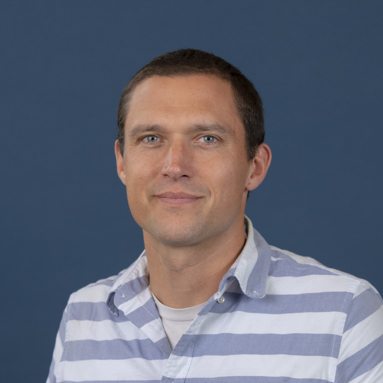
I use physical principles at the molecular scale to solve macroscopic problems in biology, e.g. How do a molecule's mechanical properties influence the behavior of a cell? How do single molecule measurements relate to muscle function? To answer such questions, I use a combination of computer simulations and mathematical analysis. This theoretical work is complemented by experiments performed by my collaborators. In my teaching, I enjoy emphasizing connections between math and other disciplines.
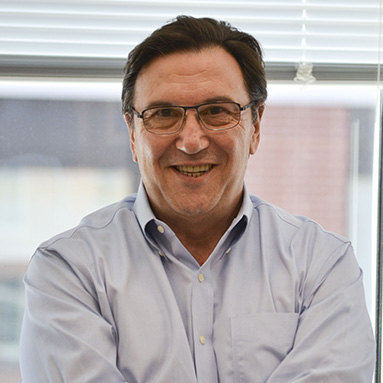
Micronutrient transition metals (copper, zinc, cobalt, nickel, iron, and manganese) play a central role in the interaction of pathogenic (and beneficial) bacteria with higher eukaryote hosts. Our research is directed to understand the bacterial mechanisms of metal homeostasis required for these interactions. In particular, we focus on the functions of transmembrane transporters and chaperone molecules that tightly control metal uptake and distribution.
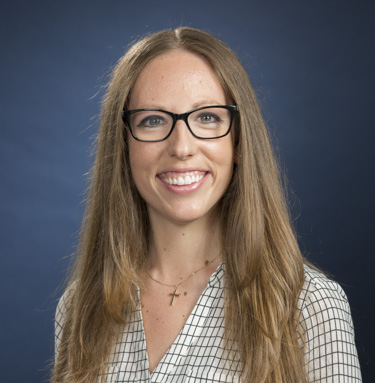
My research focuses on inverse problems and uncertainty quantification, incorporating elements of applied and computational mathematics, statistics, and scientific computing. Broadly speaking, inverse problems involve finding the unknown causes of observed effects, and uncertainty quantification plays a key role in understanding the reliability of predicted effects due to variability in the causes. In the problems that I consider, these causes are typically the unknown inputs (or parameters) of a system, and the effects are some par
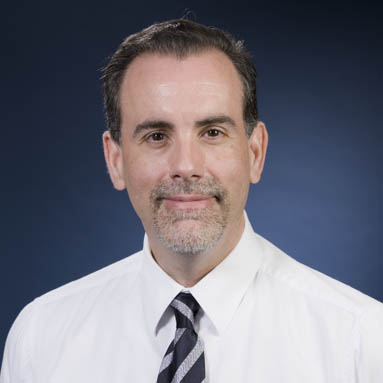
Germano Iannacchione is a Professor in the Physics Department at WPI, joining the faculty in August 1998, with an area of expertise in thermo-physical property experimental research on order-disorder phenomena in condensed matter, with a focus on soft-matter materials, colloids/composites, and emergence far-from-equilibrium. To date, there have been 11 Ph.D., 14 M.Sc., and 121 B.Sc. (senior thesis or MQP) physics students who have matured and graduated at WPI under his mentorship.
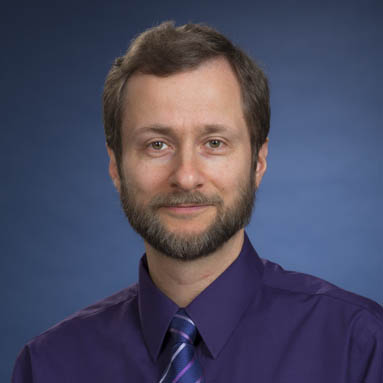
I am a computational physical chemist. My research is in the areas of force field building and applications. Special attention is given to creating polarizable force fields for organic and biophysical systems, including proteins and protein-ligand complexes. I teach classes in physical, computational and general chemistry. Simulations of proteins is very important in biomedical research because proteins play crucial role in a large number of biological phenomena, both benign and harmful.
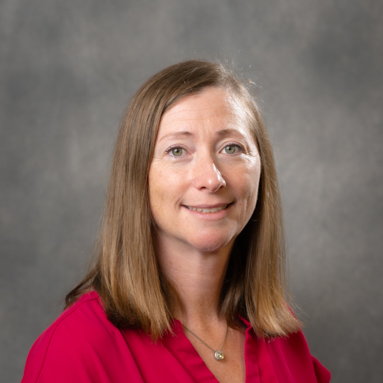
At WPI, I enjoy teaching all courses fundamental to applied mathematics, scientific computing, and modeling. I look forward to mentoring students interested in working on areas in Mathematical Biology, Computational Biofluids, and Scientific Computing. I specialize in Mathematical Biology, understanding emergent properties of complex systems. The goals of these models are to understand the underlying biological processes and make predictions. Please visit my website to learn more about recent research projects.
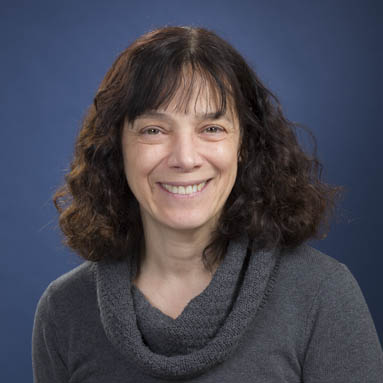
Suzanne Scarlata, Richard Whitcomb Professor of Chemistry and Biochemistry, joined the university faculty in 2016. She studies how small molecules in the bloodstream can change the behavior of cells. In particular, she is interested in how certain hormones and neurotransmitters can activate a family of organic molecules known as G proteins (guanine nucleotide-binding proteins), which are involved in transmitting signals from various stimuli from the exterior to the interior of cells.
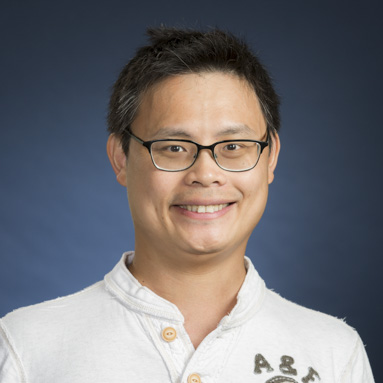
Dr. Wu is an active researcher with a focus on soft matter and biophysics, which is an interdisciplinary field that encompasses physics, biology, and engineering. His work centers on the study of active fluids, which are a class of soft materials that comprise self-propelling particles capable of generating their own motion without the need for external forces or energy sources. Dr.
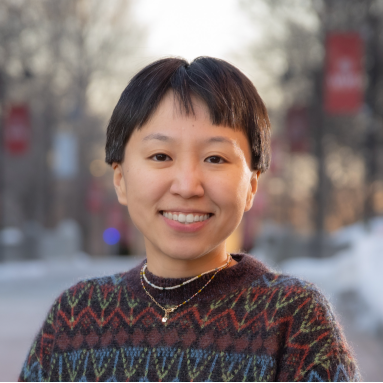
My research involves analysing size and shape development in biological processes. The form of living systems can be affected by growth and internal force, so it is important to know how they are patterned spatial-temporally. To do this, I develop deterministic approximate inference schemes using static and live imaging data; and develop mathematical models and numerical methods to describe tissue growth and morphogenesis. My research at WPI has attracted interest from all levels of students, and they have become enthusiastic and creative contributors.

Adam Lammert has been at WPI since 2019, where he is a member of the Department of Biomedical Engineering, affiliated with the Department of Computer Science, and a core member of the Neuroscience Program. He also maintains an Adjunct Assistant Professor appointment at the MGH Institute of Health Professions. Adam's research is situated in the domain of computational neuroscience, and centers on building computational models that are useful for making sense of human behavior.

I use physical principles at the molecular scale to solve macroscopic problems in biology, e.g. How do a molecule's mechanical properties influence the behavior of a cell? How do single molecule measurements relate to muscle function? To answer such questions, I use a combination of computer simulations and mathematical analysis. This theoretical work is complemented by experiments performed by my collaborators. In my teaching, I enjoy emphasizing connections between math and other disciplines.

Micronutrient transition metals (copper, zinc, cobalt, nickel, iron, and manganese) play a central role in the interaction of pathogenic (and beneficial) bacteria with higher eukaryote hosts. Our research is directed to understand the bacterial mechanisms of metal homeostasis required for these interactions. In particular, we focus on the functions of transmembrane transporters and chaperone molecules that tightly control metal uptake and distribution.

My research focuses on inverse problems and uncertainty quantification, incorporating elements of applied and computational mathematics, statistics, and scientific computing. Broadly speaking, inverse problems involve finding the unknown causes of observed effects, and uncertainty quantification plays a key role in understanding the reliability of predicted effects due to variability in the causes. In the problems that I consider, these causes are typically the unknown inputs (or parameters) of a system, and the effects are some par

Germano Iannacchione is a Professor in the Physics Department at WPI, joining the faculty in August 1998, with an area of expertise in thermo-physical property experimental research on order-disorder phenomena in condensed matter, with a focus on soft-matter materials, colloids/composites, and emergence far-from-equilibrium. To date, there have been 11 Ph.D., 14 M.Sc., and 121 B.Sc. (senior thesis or MQP) physics students who have matured and graduated at WPI under his mentorship.

I am a computational physical chemist. My research is in the areas of force field building and applications. Special attention is given to creating polarizable force fields for organic and biophysical systems, including proteins and protein-ligand complexes. I teach classes in physical, computational and general chemistry. Simulations of proteins is very important in biomedical research because proteins play crucial role in a large number of biological phenomena, both benign and harmful.

At WPI, I enjoy teaching all courses fundamental to applied mathematics, scientific computing, and modeling. I look forward to mentoring students interested in working on areas in Mathematical Biology, Computational Biofluids, and Scientific Computing. I specialize in Mathematical Biology, understanding emergent properties of complex systems. The goals of these models are to understand the underlying biological processes and make predictions. Please visit my website to learn more about recent research projects.

Suzanne Scarlata, Richard Whitcomb Professor of Chemistry and Biochemistry, joined the university faculty in 2016. She studies how small molecules in the bloodstream can change the behavior of cells. In particular, she is interested in how certain hormones and neurotransmitters can activate a family of organic molecules known as G proteins (guanine nucleotide-binding proteins), which are involved in transmitting signals from various stimuli from the exterior to the interior of cells.

Dr. Wu is an active researcher with a focus on soft matter and biophysics, which is an interdisciplinary field that encompasses physics, biology, and engineering. His work centers on the study of active fluids, which are a class of soft materials that comprise self-propelling particles capable of generating their own motion without the need for external forces or energy sources. Dr.

My research involves analysing size and shape development in biological processes. The form of living systems can be affected by growth and internal force, so it is important to know how they are patterned spatial-temporally. To do this, I develop deterministic approximate inference schemes using static and live imaging data; and develop mathematical models and numerical methods to describe tissue growth and morphogenesis. My research at WPI has attracted interest from all levels of students, and they have become enthusiastic and creative contributors.

Adam Lammert has been at WPI since 2019, where he is a member of the Department of Biomedical Engineering, affiliated with the Department of Computer Science, and a core member of the Neuroscience Program. He also maintains an Adjunct Assistant Professor appointment at the MGH Institute of Health Professions. Adam's research is situated in the domain of computational neuroscience, and centers on building computational models that are useful for making sense of human behavior.